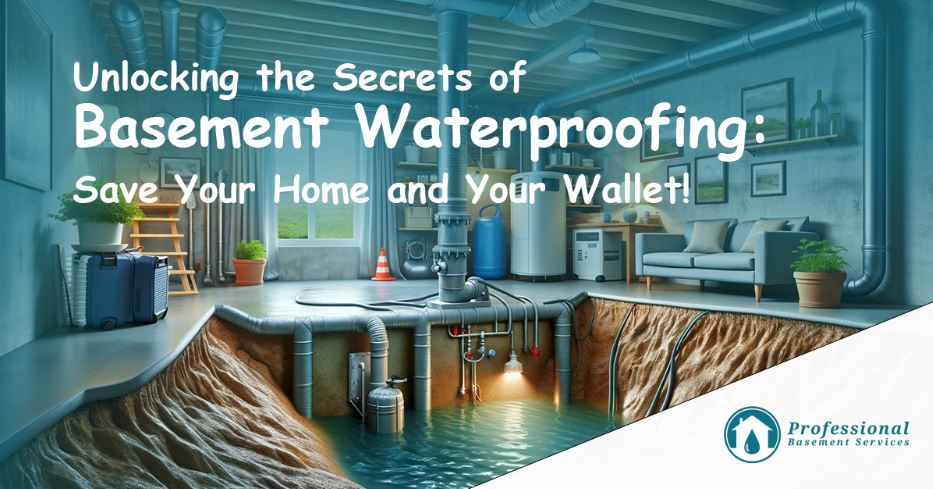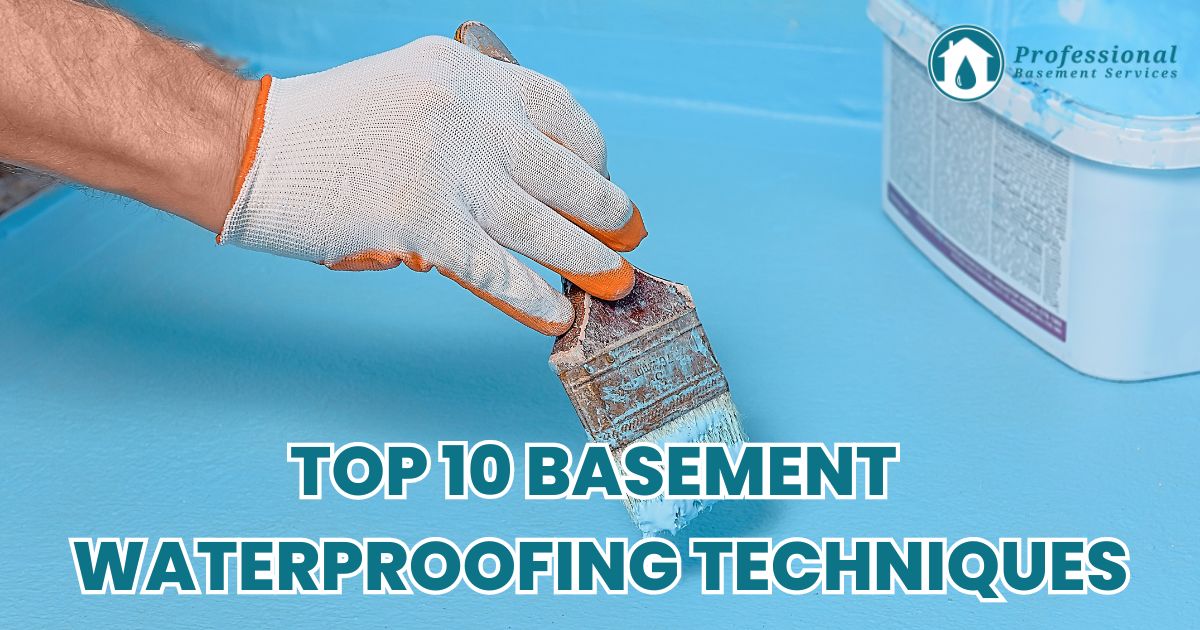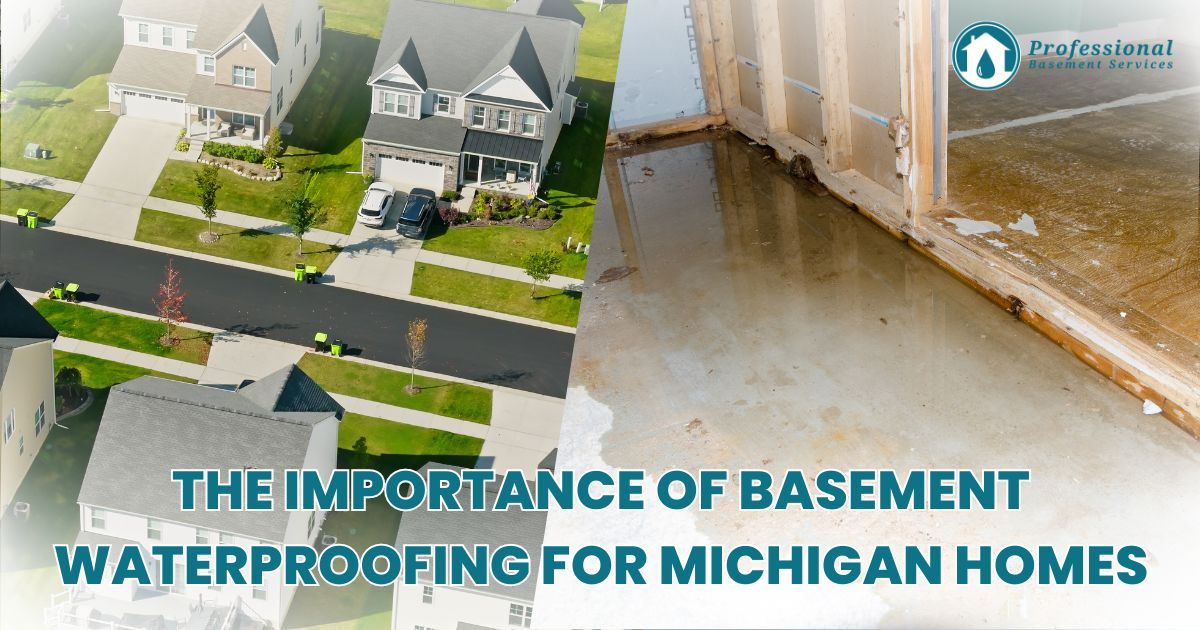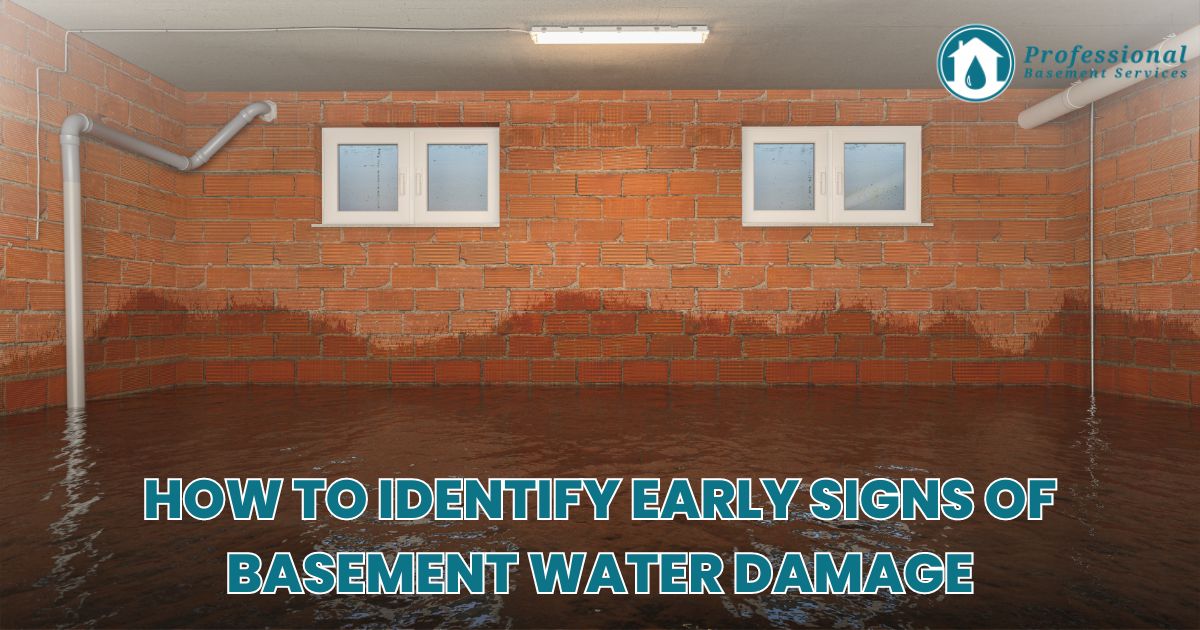Unlocking the Secrets of Basement Waterproofing: Save Your Home and Your Wallet!
Basement waterproofing is an essential aspect of home maintenance that often goes unnoticed until significant damage occurs. Moisture issues in the basement can lead to extensive repair costs, decrease your home’s value, and even pose health risks. Fortunately, understanding the secrets of effective basement waterproofing can protect your home and save you money in the long run. This guide dives into the critical components of basement waterproofing, offering practical advice to secure your foundation and keep your wallet intact.
Understanding Basement Waterproofing
At its core, basement waterproofing involves techniques and strategies to prevent water from entering your home’s basement or foundation area. Proper waterproofing not only keeps your basement dry but also contributes to the overall structural integrity of your property.
The Importance of Waterproofing
- Structural Safety: Water damage can weaken your home’s foundation, leading to costly repairs.
- Health Concerns: Damp basements are breeding grounds for mold and mildew, which can cause respiratory issues and other health problems.
- Financial Implications: Ignoring moisture issues can lead to expensive repairs, reducing your home’s market value.
Key Strategies for Basement Waterproofing
Exterior Waterproofing: The First Line of Defense
- Gutters and Downspouts: Ensure that your gutters are clean and that downspouts direct water away from your home’s foundation.
- Proper Grading: The ground around your home should slope away from the foundation, preventing water accumulation.
- Waterproofing Membranes: Applying a waterproof membrane to your home’s exterior walls can prevent water from seeping through.
Interior Waterproofing: Managing Moisture from Inside
- Sealants: Use waterproof sealants to close gaps and cracks in your basement walls and floors.
- Interior Drainage Systems: Install a drainage system inside your basement to catch water entering the home and direct it away, typically involving a sump pump system.
- Dehumidifiers: Reducing indoor humidity levels can help prevent condensation and mold growth.
The Role of a Sump Pump
A crucial component of many basement waterproofing systems is the sump pump. Installed in the lowest part of your basement, a sump pump activates automatically to pump out water collected by your interior drainage system, keeping your basement dry.
Choosing the Right Sump Pump
- Submersible vs. Pedestal: Submersible pumps are quieter and generally more effective, while pedestal pumps are easier to service and may have a longer lifespan.
- Battery Backup: Power outages during storms can render sump pumps useless when they’re needed most. Consider a model with a battery backup.
DIY Waterproofing Tips
Some aspects of basement waterproofing can be handled by homeowners:
- Crack Filling: Small cracks can be filled with epoxy or polyurethane foam.
- Applying Sealants: Waterproofing paint and sealants can be applied to interior basement walls.
- Improving Ventilation: Use fans or install additional vents to increase airflow and reduce humidity levels.
When to Call the Professionals
While DIY measures can mitigate minor issues, significant waterproofing challenges require professional expertise. Warning signs that necessitate a professional’s touch include:
- Persistent Moisture: If your basement remains damp despite DIY efforts, it’s time to call in the experts.
- Visible Mold Growth: Extensive mold or mildew indicates a serious moisture problem.
- Structural Damage: Signs of foundation damage, such as large cracks or bowed walls, require immediate professional attention.
Conclusion
Understanding and implementing effective basement waterproofing strategies can protect your home from moisture damage, preserve its structural integrity, and save you from potentially devastating repair costs. By combining exterior and interior waterproofing techniques and knowing when to seek professional help, you can ensure a dry, healthy living environment for your family. Remember, proactive waterproofing is an investment in your home’s longevity and your peace of mind.
FAQs
Q: How often should I inspect my basement for signs of moisture?
A: Conduct thorough inspections at least twice a year, during the spring and fall, to catch any issues early.
Q: Can landscaping affect my home’s waterproofing?
A: Yes, improper landscaping that leads to water pooling around your foundation can compromise your waterproofing efforts. Ensure proper grading and consider installing French drains if necessary.
Q: Is basement waterproofing a good investment?
A: Absolutely. Investing in basement waterproofing can prevent costly repairs, protect your family’s health, and enhance your home’s value.





